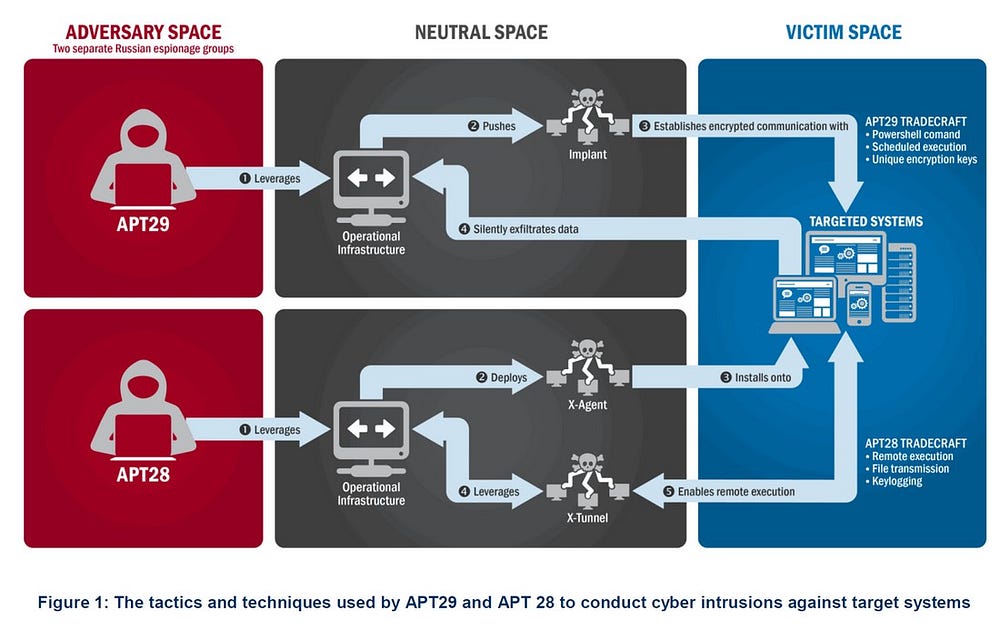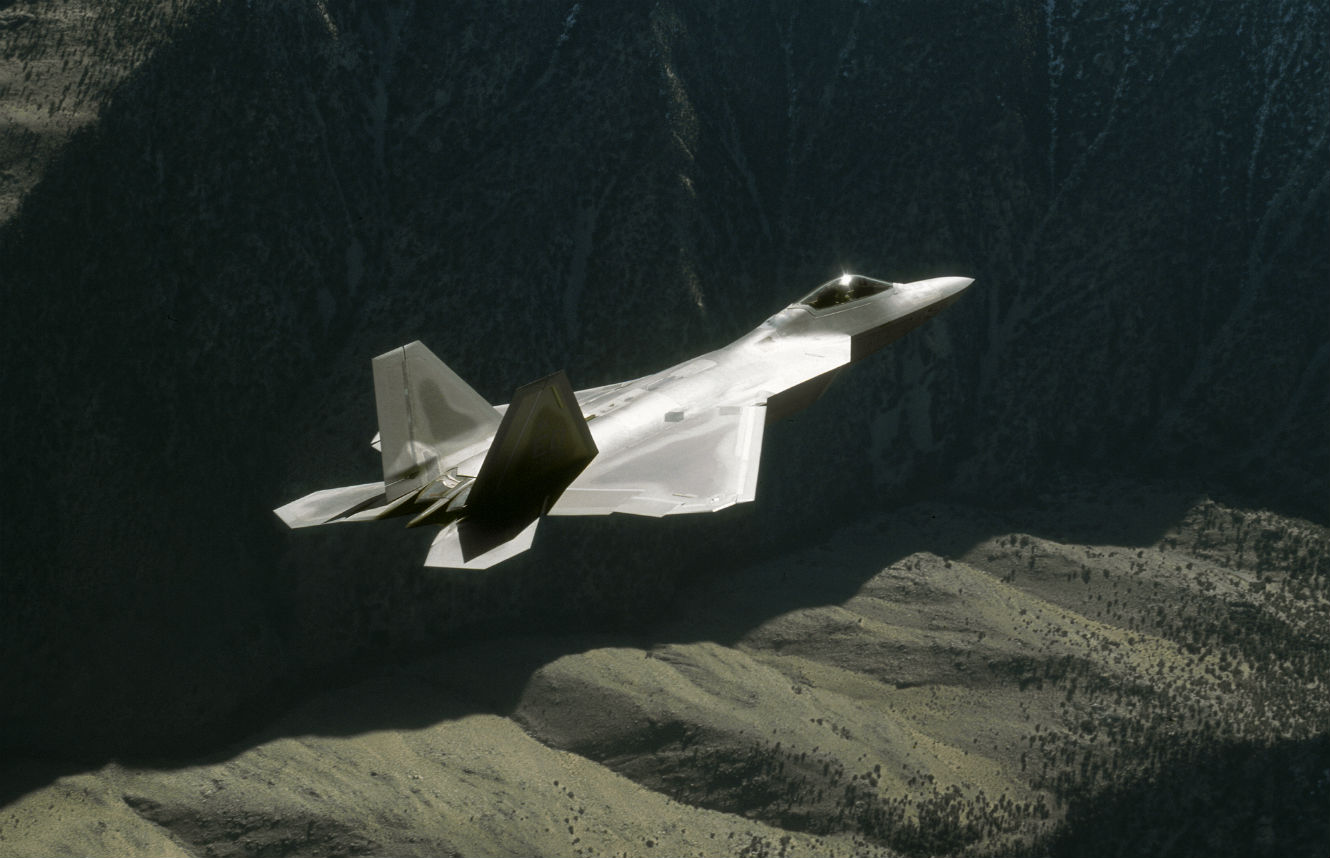Espen Barth Eide
 Stories about killer robots, machine-augmented heroes, laser weapons and battles in space - outer or cyber - have always been good for filling cinema seats, but now they have started to liven up sober academic journals and government white papers.
Stories about killer robots, machine-augmented heroes, laser weapons and battles in space - outer or cyber - have always been good for filling cinema seats, but now they have started to liven up sober academic journals and government white papers.
However, war is about much more than combat or how we fight. Is the sensationalism of high-tech weaponry blinding us to technology’s impact on the broader social, political and cultural context that determines why, where and when war happens, what makes it more or less likely, and who wins?
Consider artificial intelligence (AI). The potential for developing lethal autonomous weapons systems grabs headlines (“killer robots!”), but the greatest impact of AI on conflict may be socially mediated. Algorithmically-driven social media connections funnel individuals into trans-national but culturally enclosed echo-chambers, radicalising their world-view.
As robots relieve humans of their jobs, some societies will prove better prepared than others in their use of education and infrastructures for transitioning workers into new, socially sustainable and economically productive ways to make a living. Less prepared nations could see increasingly stark inequality, with economically-excluded young people undermining social stability, losing faith with technocratic governance, and spurring the rise of leaders who aim popular anger at an external enemy.



















